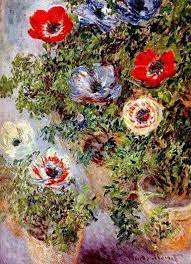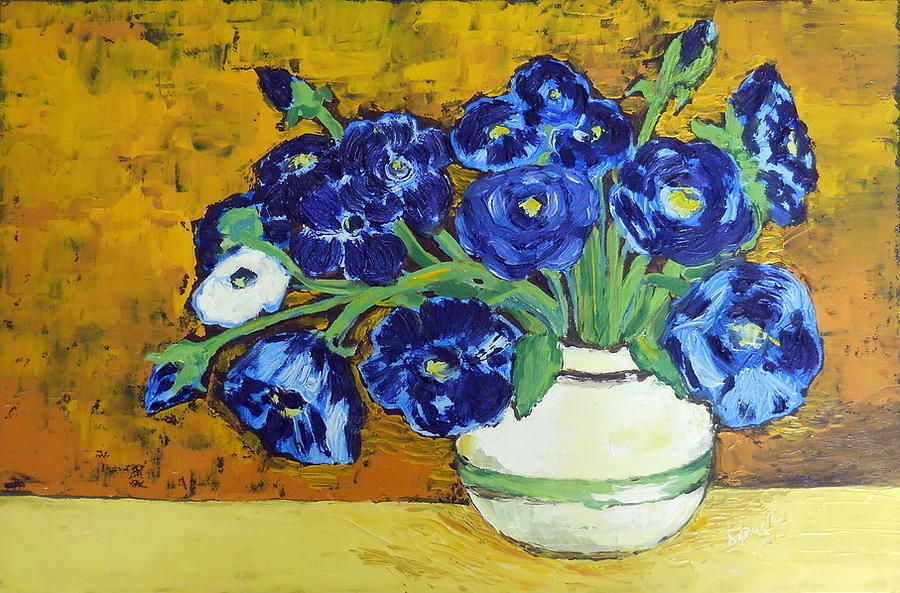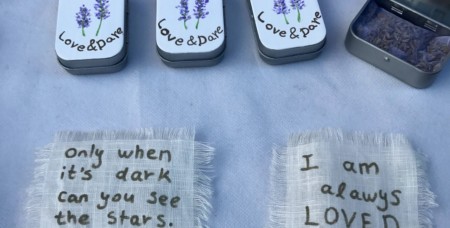
Lessons from Flowers #4: The Anemone
The Anemone also known as the Wind Flower is a fragile flower and yet it can blossom in the harsher conditions of the Autumn or the early Spring. She may be delicate but she has a history that spans all continents and cultures from Greek Mythology to Ancient Egypt to the Roman Empire and even across the Western and Eastern worlds (and for this reason there is no real direct origin). She has over sixty species and a slew of meanings and metaphors that we can lean into to cultivate a deeper knowledge of the higher resonances love, anticipation, healing, youth and on the lower resonance side she represents death, refusal, withered hopes and even at time ‘bad luck’. However, she is a flower that stands tall in her dichotomy as we do as humans.

Why is she also called the Wind Flower? There are a few heritages behind this; one is from an old wives tale that describes the Anemone closing it petals when a storm is about to arrive and the other is in Greek the word anemos means wind, and many ancient Greeks would use this word to talk about the arrival of death. Continuing with the Greek knowledge; the Anemone is also always intertwined with Adonis and Aphrodite and their forsaken and unfading love. It is said that crimson Anemones grew with every drop of blood and nectar that landed around Adonis when she tried to heal his wound, but it was too late his soul had already left for the underworld.
The Anemone blossoms in all colors and shades; from a striking blue to a radiant pink. She captures the energy and symbolism of each color; and for this many cultures associate specific colors with different meanings. We know how much color can affect our own lives, and how color provides connection to emotions, memories and can even can be a compass to understanding our own Chakra system.

Let us uncover the many colors and essences of the Anemone:
- Red/Pink – a symbol of forsaken love, unbinding love, loss and mortality in Greece and Italy.
- White – a symbol of death and bad luck in ancient China and Egypt and on the other hand Western cultures like Germany, USA, UK believe the white to represent innocence and sincerity.
- Blue – a symbol of mutual trust, love and respect.
- Purple – a symbol of anticipation or a return of joyous times.
- Yellow – happiness and beacons of hope in China.
Similar to its death and love symbolism the Anemone can be poisonous and also can be used to treat stomach cramps, menstrual pain (giving life). And in modern medicine some doctors are finding that the Anemone has ant-cancer activities and support anti-inflammatory and other healing compounds/extracts.

What can we embrace from the Anemone flower?
The sensibility to honor all forms of love; love that is new, love that is forbidden, love that transcends death, love that is joyous, love that reveals sorrow; the importance of recognize all types of love, and knowing that each kind of love has a place and time, and that love is a mighty force and yet at times fragile.



















